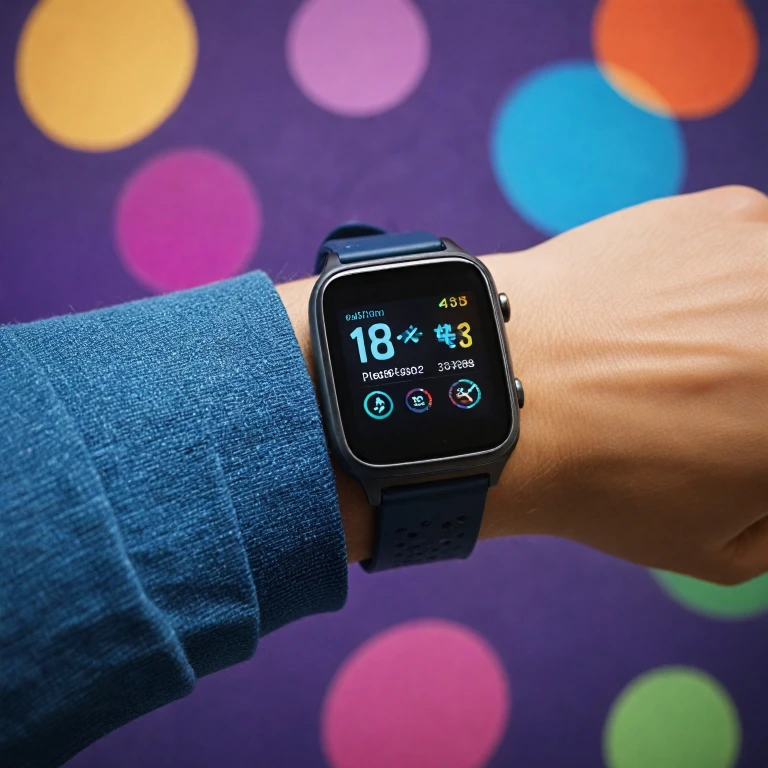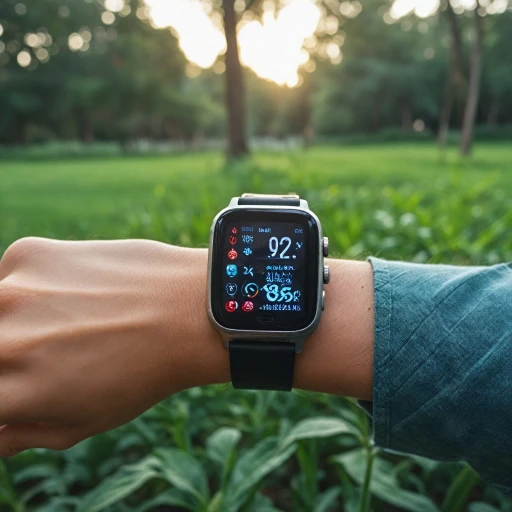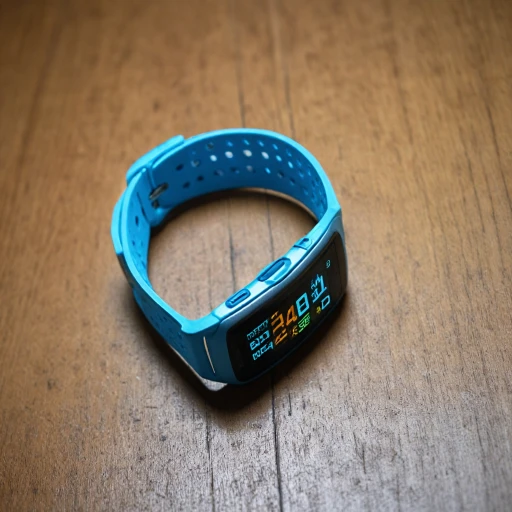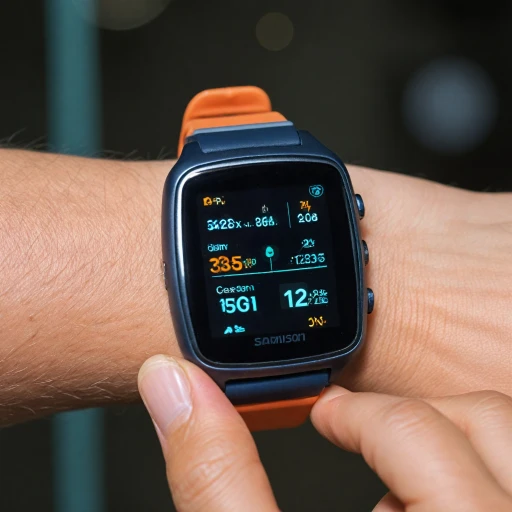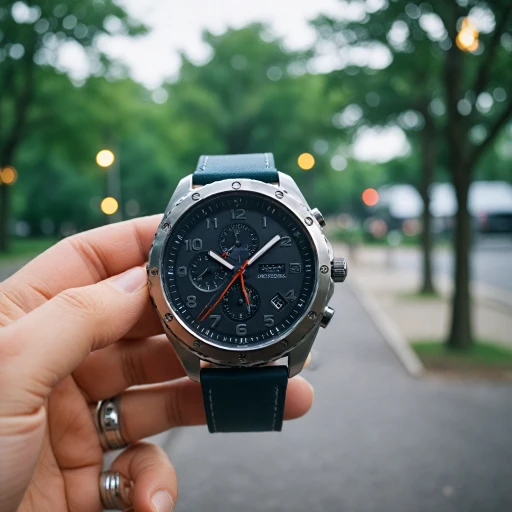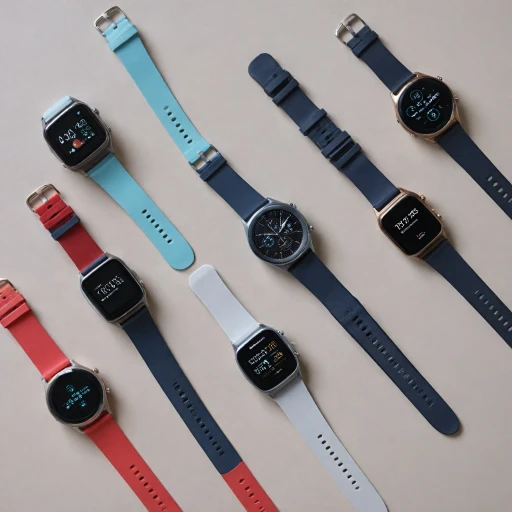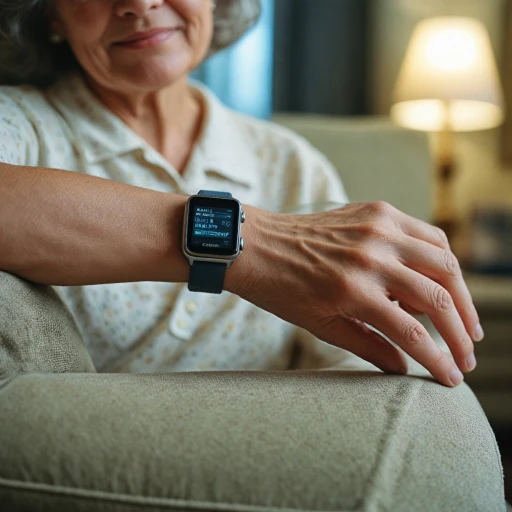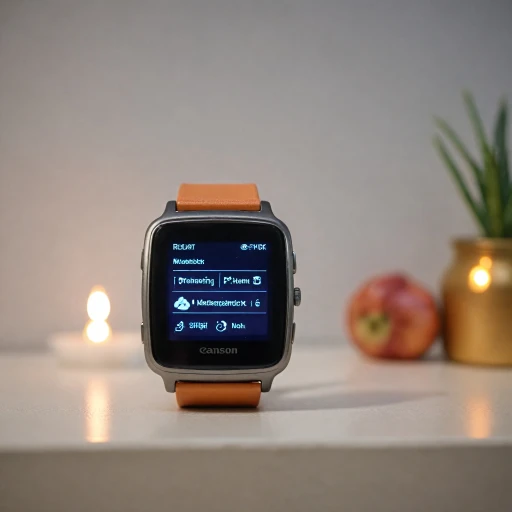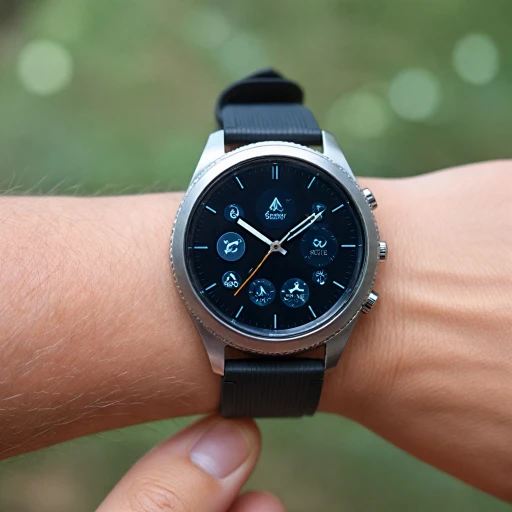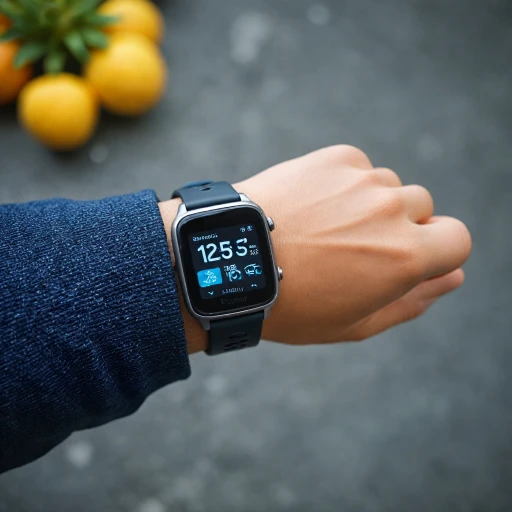Understanding Blood Glucose Monitoring
The Basics of Blood Glucose Monitoring
Blood glucose monitoring is a crucial practice for managing diabetes and maintaining overall health. Continuous glucose monitoring (CGM) systems allow individuals to track their glucose levels in real time, offering insights into how their diet, activity, and stress levels affect their blood sugar. Traditional methods have often relied on invasive blood sample methods, but innovative technologies now provide less invasive solutions.
Understanding how glucose levels fluctuate is essential not only for individuals with diabetes but also for those interested in optimizing their overall health. Regular monitoring can help in detecting unusual glucose patterns, thereby aiding in early intervention and personalized health management. This can be particularly beneficial when combined with other health metrics such as heart rate, blood pressure, and blood oxygen level, all commonly tracked by fitness trackers and smartwatches in the current market.
For more tips on how smartwatches can enhance your fitness journey and possibly aid in glucose monitoring, check out this resourceful guide.
The Role of Smartwatches in Health Monitoring
The Intersection of Technology and Health
Smartwatches have revolutionized the way we approach health monitoring, offering a convenient and efficient means to track various health metrics. As wearable technology continues to evolve, smartwatches have become more than just fitness trackers; they are now integral tools for comprehensive health monitoring. From heart rate to blood oxygen levels, these devices provide valuable insights into our well-being.
Smartwatches and Blood Glucose Monitoring
In recent years, the integration of blood glucose monitoring into smartwatches has gained significant attention. This development is particularly beneficial for individuals managing diabetes, as it offers a non-invasive way to keep track of glucose levels throughout the day. The ability to monitor glucose continuously without the need for frequent finger pricks is a game-changer for many.
Beyond Glucose: Comprehensive Health Tracking
Modern smartwatches are equipped with a variety of sensors that monitor more than just glucose levels. They can track heart rate, blood pressure, and even ECG readings, providing a holistic view of one's health. This comprehensive approach allows users to monitor their overall health, making it easier to detect potential issues early on.
Choosing the Right Smartwatch for Health Monitoring
With numerous models available, choosing the right smartwatch can be daunting. Factors such as price, features, and compatibility with Android and iOS devices play a crucial role in decision-making. It's important to compare different models and consider what specific health metrics are most important to you. For those interested in step counting and fitness tracking, this guide can be a helpful resource.
The Impact on Daily Life
Integrating a smartwatch into your daily routine can significantly enhance your health management. With features like free shipping and competitive pricing, these devices are more accessible than ever. Whether you're monitoring uric acid, blood pressure, or heart rate, a smartwatch can provide the data you need to make informed health decisions.
Technological Advances in Blood Glucose Smartwatches
The Intersection of Technology and Health Tracking
The role of technology in healthcare has been a transformative journey, notably with the integration of wearable devices in monitoring health metrics. Smartwatches have evolved from mere time-telling devices to sophisticated health monitors, paving the way for groundbreaking strides in glucose monitoring.
Current smartwatch models equipped with health monitoring capabilities offer features such as heart rate tracking, ECG, and even blood oxygen measurement. These functionalities have expanded the scope of what a smartwatch can achieve, but the holy grail remains: continuous, non-invasive blood glucose monitoring.
How It Works
In traditional settings, glucose monitoring often requires invasive methods involving needles and test strips. The challenge lies in developing a non-invasive approach that offers continuous glucose monitoring through a wrist-bound device. Such technology aims to transform daily living for individuals who require regular glucose tracking, offering a seamless, painless alternative.
Technological Components
The quest for glucose monitoring in smartwatches involves integrating state-of-the-art sensors capable of detecting glucose levels through the skin. Smartwatches often utilize optical sensors to assess blood oxygen and heart rate, and a similar approach is being refined for glucose tracking. By analyzing data points from illuminated skin, these sensors can estimate glucose variations.
Balancing Innovation and Accessibility
While these advances hold immense potential, challenges such as accuracy, price, and compatibility with Android and iOS systems persist. Consumers are keen on finding reliable products with free shipping and competitive regular price USD. The ecological balance between technological prowess and user access remains critical.
For those considering these future-oriented smartwatches, determining the right size is essential for optimal sensor performance and comfort. Discover more on how to choose the right size for your Apple Watch to ensure you maximize your health tracking capabilities.
Benefits and Challenges of Blood Glucose Smartwatches
Balancing Benefits with Potential Challenges
Smartwatches have come a long way in assisting with health monitoring, with models now offering specialized functions such as blood glucose monitoring. These devices are particularly appealing for individuals managing diabetes, as they offer a convenient way to track glucose levels without needing to resort to invasive blood tests frequently. One of the primary benefits is the ability to perform continuous glucose monitoring, providing real-time insights into blood sugar fluctuations. This feature can detect trends and help individuals adjust their diet or insulin intake accordingly. With additional health monitoring features such as ECG, heart rate, blood pressure, and blood oxygen levels, smartwatches have evolved into comprehensive health companions. However, there are challenges to consider. While the technology in these smartwatches is advanced, achieving the same accuracy as traditional blood glucose meters remains a hurdle. Non-invasive blood glucose monitoring is still an emerging field with scientific and technical challenges to overcome. Another consideration is the price point of these devices. While some models offer these health features at a regular price with options like free shipping, there is variation in price USD across different brands and models. It's essential to compare the product offerings carefully, perhaps considering the additional health metrics like uric acid monitoring, fitness tracking capabilities for android and iOS, and overall user ratings in stars before making a purchase decision. Given these dynamics, these blood glucose smartwatches are not a one-size-fits-all solution. Users may find some models more suited to their needs based on the pressure and acid blood metrics they require, the type of heart rate data they need, or whether they face more invasive health conditions that require monitoring. As technology continues to evolve, these products will likely become more accessible and accurate, helping bridge the gap between convenience and effective health management.Comparing Blood Glucose Smartwatches
Evaluating Blood Glucose Monitoring Technology in Smartwatches
When diving into the world of smartwatches aimed at blood glucose monitoring, you'll find a variety of models available, each with unique features and varying price points. In this section, we'll focus on how to effectively compare these devices based on key criteria.- Technological Capabilities: As mentioned earlier, a crucial aspect is whether the device provides non-invasive blood glucose monitoring. Some models offer continuous glucose monitoring, integrating sensors that track glucose levels without the need for invasive blood samples.
- Additional Health Features: Many smartwatches that monitor blood glucose also include additional health metrics, such as ECG, blood pressure, uric acid, and heart rate monitoring. Selecting a watch that combines these features can provide a comprehensive view of one's health.
- Operating System Compatibility: Compatibility with Android and iOS is essential, especially for users who switch between different platforms. Ensuring a smartwatch is compatible with your existing devices can optimize usability and connectivity.
- Price and Value: The price range for blood glucose monitoring smartwatches can vary significantly. Some watches come at a regular price USD that offers free shipping, while others might be more costly due to advanced features or renowned brand reputation, like the Apple Watch.
- User Ratings and Reviews: Investigating product ratings, such as SKU and stars, can provide insight into user experiences and satisfaction levels. Customer feedback often highlights the practical pros and cons of a device that aren't apparent from just the specs.
The Future of Blood Glucose Monitoring in Wearable Tech
Embracing Innovation in Wearable Technology
The future of blood glucose monitoring through smartwatches is marked by continuous advancements that could redefine how we manage our health. These devices are not just about tracking glucose levels but aim to integrate a comprehensive health monitoring system that includes heart rate, blood oxygen, and even blood pressure monitoring. As technology progresses, these smartwatches will potentially become even more non-invasive, offering a painless experience while delivering accurate readings comparable to traditional methods.
Current and upcoming models are positioning themselves as integral parts of our health routines, striving to provide real-time health insights with precision and ease. Emerging technologies are paving the way for watches that could continuously monitor blood sugar levels and offer personalized health recommendations. This holistic approach promises to empower individuals to take charge of their health more effectively.
One of the significant benefits of advancing this technology is the integration with existing platforms. Smartwatches that sync with both Android and iOS devices ensure a seamless user experience, allowing access to comprehensive health data through apps. The data collected is not limited to glucose levels, as these watches often serve as fitness trackers, monitoring activities and encouraging healthier lifestyle choices.
While this innovation holds tremendous promise, it is not without its challenges. One such challenge is ensuring the accuracy of these non-invasive methods. As of now, accuracy still remains a concern, with some products receiving mixed reviews. However, with continuous research and development, it's expected that future models will bridge this gap effectively.
Another important aspect is the affordability and accessibility of these smartwatches. Although some high-end models come with a hefty price tag, the regular price of emerging products is becoming more reasonable, potentially making them accessible to a broader audience. With free shipping options becoming more common, purchasing these smart devices online is increasingly convenient.
The journey towards enhancing blood glucose monitoring through smartwatches is continuously evolving. With each new model released, the industry is getting closer to achieving an effective blend of functionality, accuracy, and user-friendliness. As these wearables become more advanced, they can truly revolutionize personal health monitoring.
